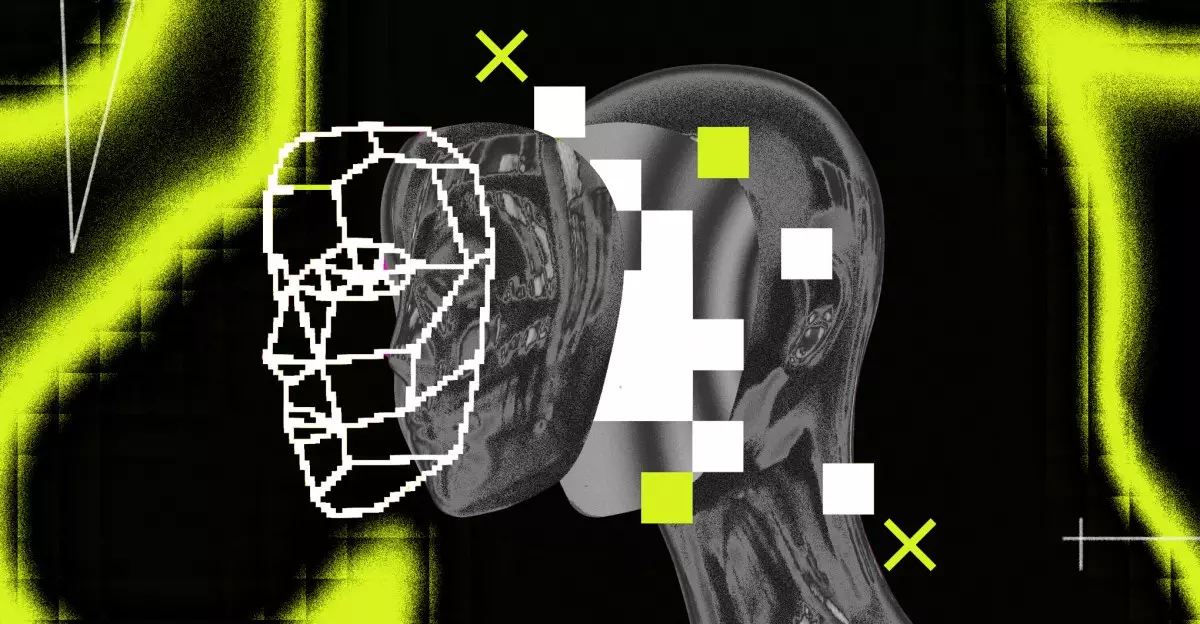The recent passage of the Take It Down Act marks a pivotal moment in the ongoing debate regarding online speech, privacy, and the balance of power between the government and individual rights. Billed as legislation aimed at combating non-consensual intimate imagery (NCII), this act presents an intriguing yet precarious tool that could potentially strengthen the very hands of political power. With sponsors from both sides of the aisle—Senators Amy Klobuchar (D-MN) and Ted Cruz (R-TX)—the legislation aims to criminalize the distribution of NCII, including deepfakes created artificially through AI technologies.
While the intentions behind the Take It Down Act may appear noble—seeking to protect individuals from the devastating consequences of revenge porn and similar abuses—the reality of its implementation may be fraught with peril, especially in the hands of a figure as divisive as Donald Trump.
The Risk of Weaponizing Legislation
The potential misuse of the Take It Down Act looms large. With the current political climate showcasing the power dynamics of a Trump-led administration, concerns arise regarding the selective enforcement of laws that are ideally meant to protect victims of online harassment. Critics, including policy analysts and legal experts, emphasize that rather than serving as a shield for victims, the law may transform into a weapon for vindictive political motives, targeting opponents or those who disagree with the administration.
This gives rise to a flawed but frightening logic: Instead of protecting citizens, the Take It Down Act could facilitate a broader chilling effect on free speech. When laws designed to protect personal autonomy are manipulated to serve the interests of those in power, the consequences can reverberate throughout society, deterring individuals from expressing dissent.
The Dangers of AI in Governance
One cannot overlook the role that artificial intelligence plays in this dynamic. With new advancements in technology, the landscape of visual media has dramatically shifted. Deepfake technology allows for the creation of hyper-realistic alterations, and while this has opened up avenues for creative expression, it has also spawned a parallel world of deceit. From non-consensual pornography to manipulated political messaging, AI-generated content has the potential to complicate legal and ethical frameworks surrounding expression and privacy.
The Take It Down Act could solidify a dangerous precedent where the government dictates what constitutes acceptable use of AI. The ambiguity around what constitutes NCII, especially in the realm of AI, raises vital questions about who gets to make those determinations and the criteria that will be applied. In an era where the lines between fact and fiction blur, delegating authority to regulate this realm could result in catastrophic forms of censorship.
Trust and Accountability in Governance
A major point of contention lies in the trustworthiness of the entities enforcing this law. Trump’s track record as a leader raises valid concerns regarding civil liberties and the consistent application of laws. When the enforcement of justice can be influenced by personal biases or political alliances, the very essence of equitable governance is compromised. The solicitation of compliance from social media platforms to take down content within a 48-hour window, coupled with financial penalties for non-compliance, calls into question their role as neutral arbiters of content. In a reality where the line between friend and foe is fluid for the administration, the fear is that certain voices may drown under the weight of political favoritism.
The Broader Implications for Society
The Take It Down Act encapsulates the battle between issues of personal rights and the capabilities of government surveillance and control. For individuals grappling with the consequences of NCII—those whose trust has been betrayed—there is merit to the notion of legislative protection. However, as history has shown, the best intentions can lead to the most unfavorable outcomes when legislation is misaligned with accountability.
The chilling effect this act may present could extend far beyond the immediate victims of NCII. It signals a shift toward a societal acceptance of surveillance, valuing safety and protection over the fundamental freedoms that lie at the heart of democracy. While illegal content warrants action, the nuances of how we address such challenges must be critically analyzed to ensure that the solutions do not worsen existing grievances.
Navigating the complexities of the Take It Down Act forces us to confront uncomfortable truths about power, accountability, and the preservation of free speech. As this conversation evolves, it is essential that we remain vigilant regarding the larger implications of such legislative moves.

